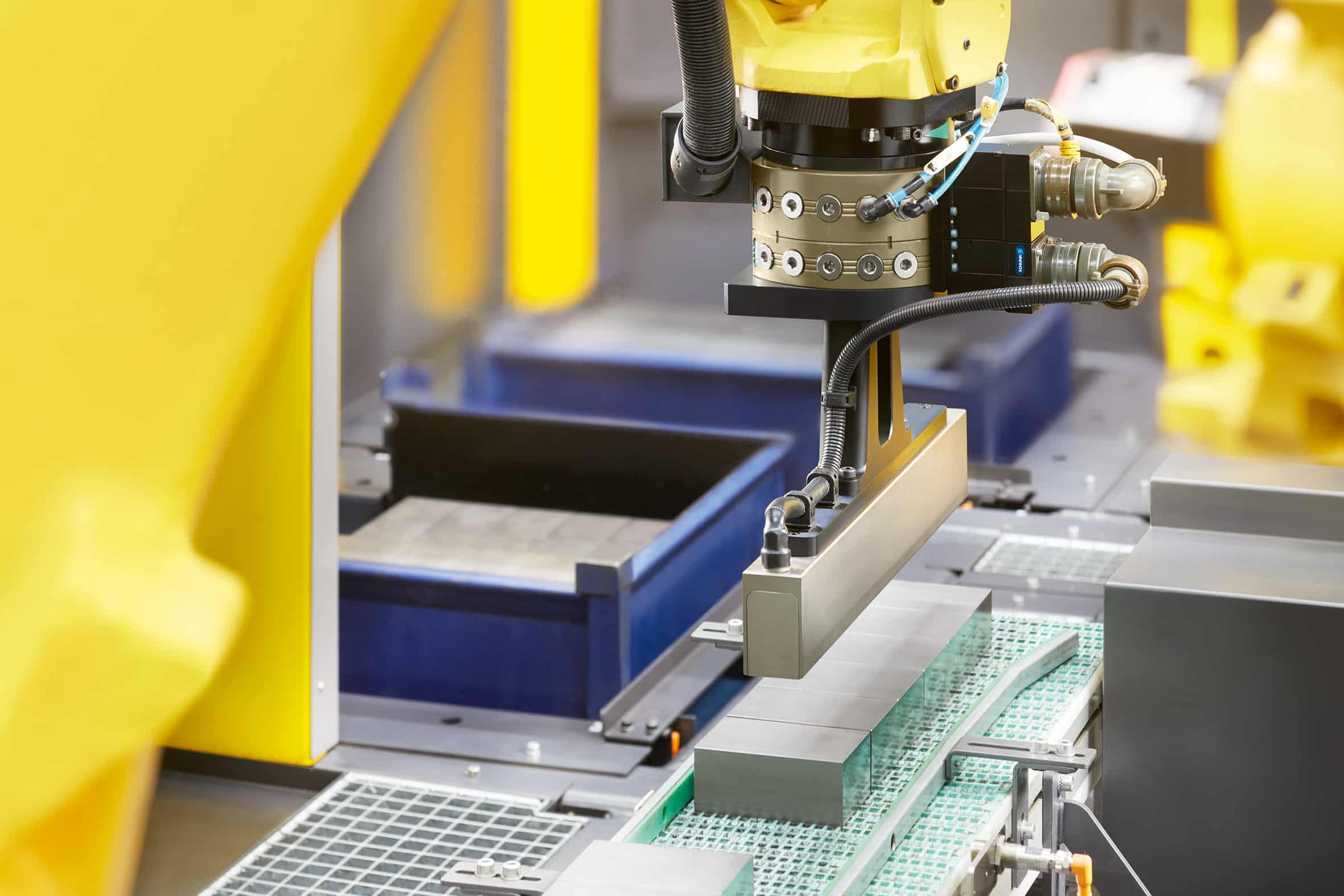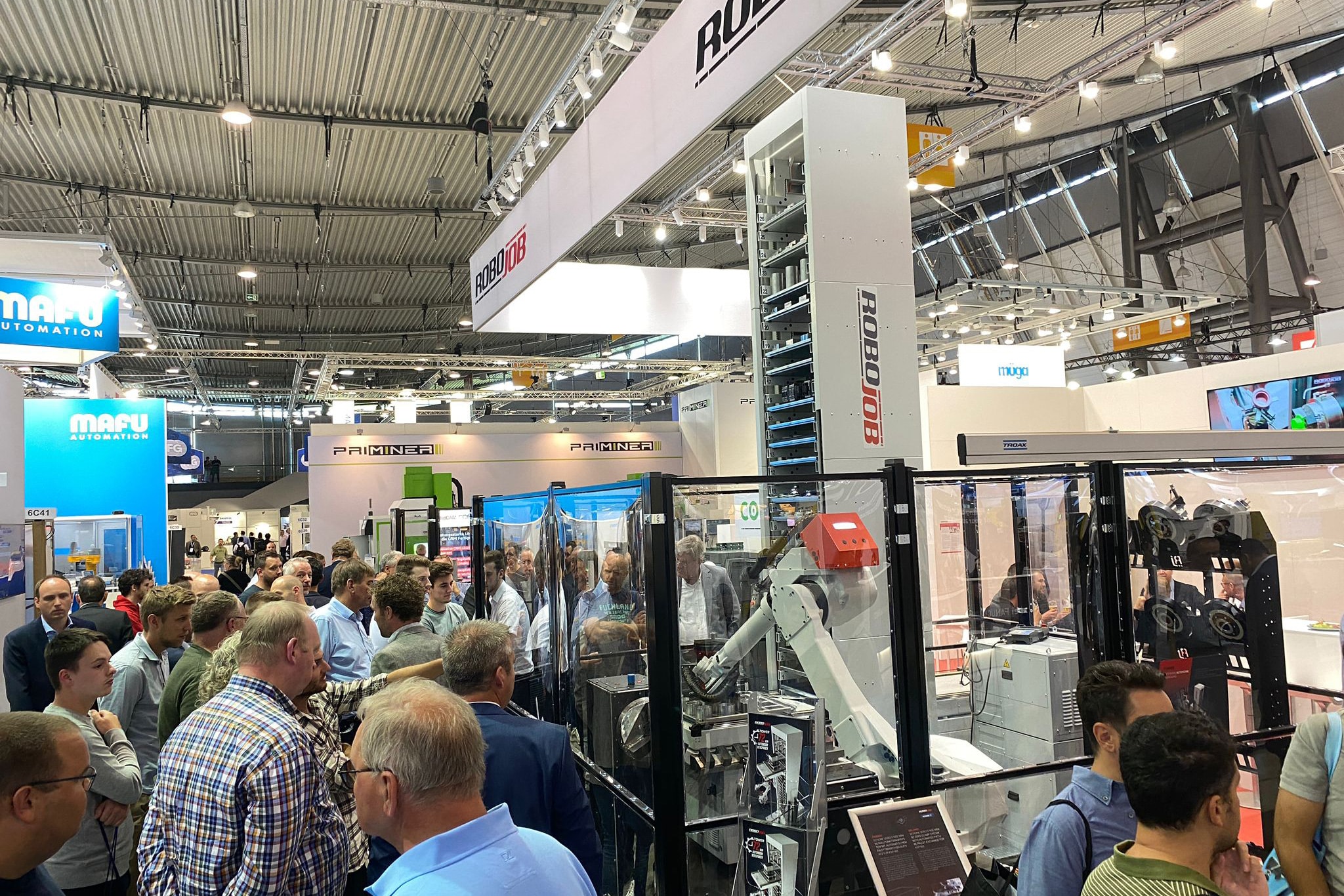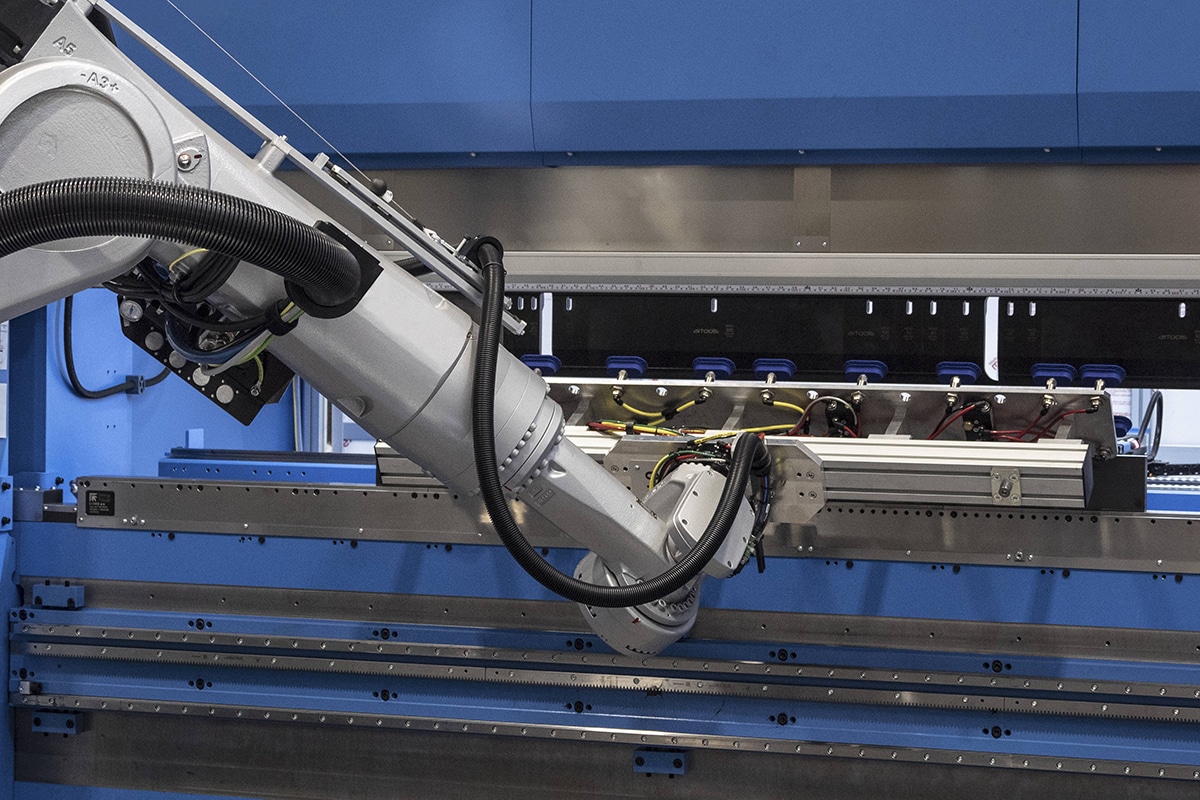
Welding fume exposure depends not only on welding fume extraction
However, choosing a particular system does not guarantee a healthy and safe working environment. There are many more factors that influence welding fume generation. An overview.

In late 2020, the Flemish Environmental Society released the report Emissions and Air Quality in Flanders. One of the conclusions was that air quality in 2019 was better than a decade ago. There was a clear decrease in particulate matter, sulfur dioxide and heavy metals. Through remediation measures such as the installation of filters and the use of low-sulfur fuels, the industry and energy sector emitted fewer pollutants. Clean air is a prerequisite for healthy living. Not only outside or in the private sphere, but also at work it is essential. In recent years, health standards in industrial sectors have already improved significantly. Still, sometimes considerable efforts are needed to ensure clean air in the workplace. Take the air in workplaces where welding activities take place. Welding fumes can pose considerable health risks. Welding fume is the collective term for the mixture of gases, particles and vapors released during welding operations or processes such as thermal cutting or plasma cutting. Welding fumes contain, on the one hand, particles with a diameter of 10 nm to 2 μm that can clump together quickly and, on the other hand, various gases. These may have been added during the welding process as a shielding gas (think helium, carbon dioxide, argon) or created during the welding process itself (nitrogen dioxide, ozone).
Composition of welding fumes
The composition of welding fumes is largely determined by the composition of the consumables (welding wires and electrodes) and by the composition of the material. For example, welding with solid wire provides less exposure to welding fumes than welding with filled wire. When an electrode is used in addition to the welding wire during welding, as in MIG and MAG welding, among others, the type of electrode used will also affect the amount of welding fumes released. In any case, it is important not to exceed the maximum permissible concentration (5 mg/ m³ for Belgium, 1 mg/ m³ for the Netherlands) as this can ultimately lead to serious short- or long-term respiratory damage. The short-term health risks are eye, nose or throat irritation or metal vapor fever (toxic inhalation fever). Longer-term exposure to harmful substances can lead to cancer, brain damage, pneumonia, asthma, skin diseases, allergies, fertility problems and reduced lung capacity ...

Technical aspects
There are several conditions at the welding workplace that affect exposure to welding fumes. First, there are technical aspects of the welding method. These include the welding or cutting technique (MIG, MAG, TIG, plasma cutting ...), the use of the type of metal or alloy processed but also the amperage of the welding process, the duty cycle (arc time) and whether welding operations are performed manually or automatically. Whoever wants to make a risk analysis to determine the extent of exposure to welding fumes will have to include these technical aspects in their assessment.
Workplace Conditions
A second category to consider is workplace conditions. Companies will have to assess to what extent there is spatial ventilation in the confined or open space and what type of ventilation system is installed with what ventilation rate. What also plays a role is whether the workplace has open or closed entrance gates or doors, whether there is source extraction at the welding workplace and how effectively this source extraction works. Finally, other dust sources and welding robots in the vicinity of welders can be influential.

Working method of the welder
A third category that affects welding fume exposure is the welder's working method. Whether or not paint, oil or grease layers are removed before welding already makes a huge difference in welding fume generation. Whether welding is done below or above the hand and whether the welder stands with his head in or next to the welding plume also play a role. Research has shown that those who regularly stand with their head in a welding plume are significantly more exposed to welding fumes than those who pertinently avoid the welding plume. Personal protective equipment also contributes to a healthier work environment, provided it is used properly. A welder who raises or removes his welding helmet immediately after welding will be exposed much more than the welder who waits a few seconds to do so. It may sound logical, but in practice, work protocols are not always strictly followed.
Information
This brings us to the last factor affecting welding fume exposure: worker education. In addition to organizational measures, proper education contributes to a safe work environment.
Thus, workers can be made aware of the harmful effects of welding fumes and the correct use of the control measures. It is therefore advisable to ensure that the control measures are properly applied. In practice, it is common that once control measures and maintenance programs are in place, they are no longer looked at. Lack of maintenance of the ventilation system or personal protective equipment can lead to ineffectiveness and increased exposure as a result. Clear work procedures, good communication and regular reflection lead to a healthier work environment.



